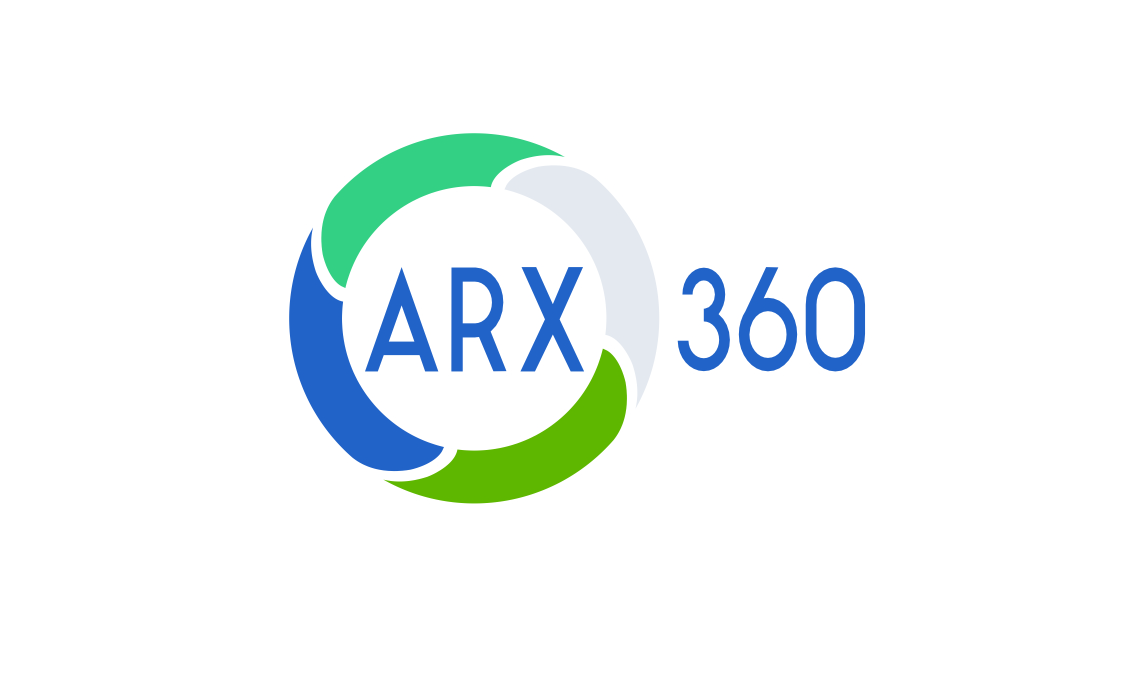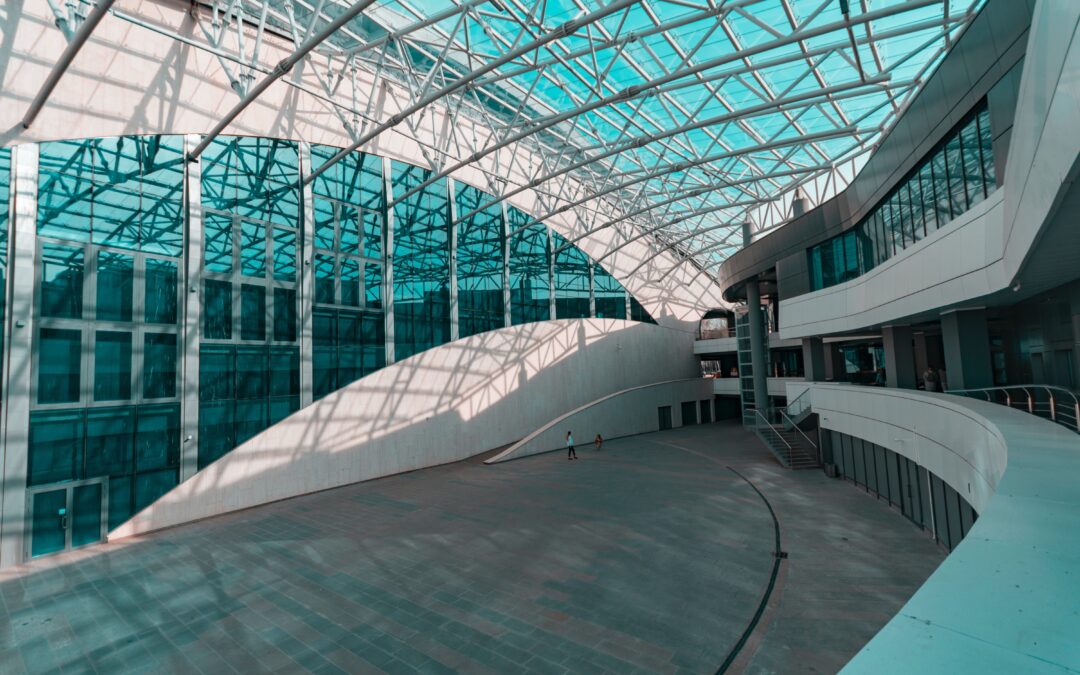As technology continues to evolve and societal needs shift, the landscape of corporate architecture is undergoing significant transformation. Here are some of the emerging trends shaping the future of corporate spaces:
1. Sustainable and Green Buildings
Sustainable building practices are becoming increasingly important as organizations strive to reduce their environmental impact and improve the well-being of their occupants. Key trends in sustainable architecture include:
- Net-Zero Energy Buildings: Designing buildings that produce as much energy as they consume, often through the integration of solar panels, wind turbines, and other renewable energy sources.
- Water-Efficient Landscapes: Implementing water-saving landscaping techniques, such as xeriscaping, and using water-efficient irrigation systems.
- Material Selection: Prioritizing the use of sustainable materials with low environmental impact, such as recycled materials and locally sourced products.
- Indoor Environmental Quality: Focusing on indoor air quality, daylighting, and thermal comfort to create healthy and productive workspaces.
2. Smart Buildings and IoT Integration
Smart building technology is revolutionizing the way corporate spaces are designed, managed, and operated. Key trends in smart building technology include:
- IoT-Enabled Devices: Integrating IoT devices, such as sensors, controllers, and smart appliances, to optimize building performance and energy efficiency.
- Predictive Maintenance: Using data analytics to predict equipment failures and schedule maintenance proactively, reducing downtime and maintenance costs.
- Real-Time Monitoring: Monitoring building systems, such as HVAC, lighting, and security, in real-time to identify and address issues promptly.
- Personalized Workspaces: Allowing occupants to customize their workspace settings, such as temperature, lighting, and air quality, to enhance productivity and comfort.
3. Flexible and Adaptive Workspaces
The traditional office layout is evolving to accommodate changing work styles and preferences. Key trends in flexible workspace design include:
- Activity-Based Working: Creating a variety of workspaces, including private offices, open-plan areas, collaborative spaces, and quiet zones, to support different types of work.
- Agile Workspaces: Designing spaces that can be easily reconfigured to meet changing needs, such as movable partitions and furniture.
- Remote Work Integration: Incorporating technology and design elements to support remote work, such as video conferencing rooms and virtual collaboration tools.
- Well-being Spaces: Providing amenities like fitness centers, meditation rooms, and outdoor spaces to promote employee health and well-being.
4. Health and Wellness-Focused Design
Prioritizing employee health and well-being is becoming a key focus for corporate architecture. Key trends in health and wellness-focused design include:
- Biophilic Design: Incorporating natural elements like plants, natural light, and water features to reduce stress and improve cognitive function.
- Ergonomic Workstations: Providing ergonomic furniture and equipment to reduce musculoskeletal disorders and improve comfort.
- Air Quality Monitoring: Using air quality sensors to monitor indoor air quality and take corrective action to improve air quality.
- Quiet Zones: Creating dedicated quiet zones for focused work and relaxation.
5. Post-Pandemic Workplace Design
The COVID-19 pandemic has accelerated the adoption of new workplace strategies to ensure employee safety and well-being. Key trends in post-pandemic workplace design include:
- Social Distancing: Implementing strategies to maintain social distancing, such as staggered work schedules, reduced occupancy in shared spaces, and physical barriers.
- Enhanced Cleaning and Sanitization: Implementing rigorous cleaning and sanitization protocols to prevent the spread of germs.
- Touchless Technology: Incorporating touchless technology, such as automatic doors, touchless faucets, and touchless elevator controls.
- Improved Ventilation: Enhancing ventilation systems to improve air circulation and reduce the risk of airborne transmission of viruses.
By embracing these emerging trends, corporate architects can create innovative and sustainable buildings that enhance productivity, attract and retain talent, and contribute to a healthier and more sustainable future.

